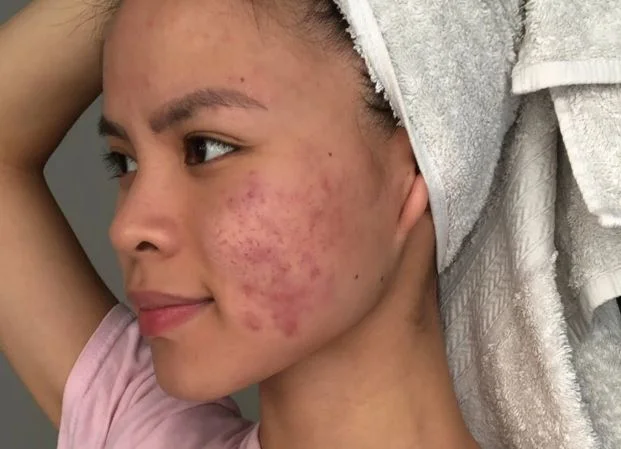The Great Neck dentist offers an innovative and comprehensive approach to developmental defects like cleft lip or palate to restore oral form, function, and aesthetics. These prosthetic devices are custom-made according to the patient’s mouth to fit securely. Obturators are often made up of materials like metal, acrylic, or silicone based on the patient’s oral needs.
A comprehensive guide to obturators
An obturator is a prosthetic device used to close a hole or defect in the palate or pharynx, which is the roof of the mouth and throat. It is a custom-made appliance designed to restore the normal function and anatomy of the palate and pharynx, improving speech, swallowing, and overall quality of life.
Obturators are used to treat various conditions, including:
- Cleft palate
- Palatal defects
- Pharyngeal defects
- Speech disorders
- Swallowing disorders
- Nasal regurgitation
There are several types of obturators, including:
- Palatal obturators: Used to close a hole in the hard palate.
- Soft palate obturators: Used to close a hole in the soft palate.
- Nasal obturators: Used to close a hole in the nasal cavity.
- Pharyngeal obturators: Used to close a hole in the pharynx (throat).
- Prosthetic obturators: Used to replace missing tissue in the palate or pharynx.
- Surgical obturators: Used to close a hole or defect during surgery.
- Temporary obturators: Used as a temporary solution until a more permanent solution can be made.
- Permanent obturators: Used as a long-term solution.
- Removable obturators: These can be removed by the patient for cleaning and maintenance.
- Fixed obturators: Attached permanently to the surrounding tissue.
- Hollow obturators: Used for patients with large defects, allowing for airflow and drainage.
- Dynamic obturators: Used for patients with moving defects, allowing for movement and flexibility.
Obturators work by:
- Sealing the hole or defect in the palate or pharynx, separating the nasal cavity from the mouth.
- Directing airflow and speech sounds through the mouth instead of the nose.
- Allowing for proper swallowing and eating by preventing food and liquids from entering the nasal cavity.
- Supporting the surrounding tissue and helping to maintain the shape of the palate and pharynx.
- Improving speech and articulation by allowing for proper movement of the tongue and lips.
- Improving nasal resonance and reducing nasal regurgitation.
- Restoring oral function and comfort.
The process of getting an obturator typically involves the following steps:
Consultation: Meet with a maxillo-facial prosthodontist or oral surgeon to discuss your needs and options.
Examination: The doctor will examine your palate and pharynx to determine the size and location of the defect.
Impressions: Impressions of your palate and pharynx are taken to create a model of your mouth.
Fabrication: The obturator is fabricated using the impressions and model.
Fitting: The obturator is tried in to ensure a proper fit and comfort.
Adjustments: Any necessary adjustments are made to achieve a precise fit.
Finalization: The obturator is finalized and ready for use.
To ensure the longevity and effectiveness of obturators, proper care and maintenance are essential:
- Cleaning: Gently clean the obturator with mild soap and water.
- Disinfecting: Soak the obturator in a disinfectant solution (e.g., denture cleaner) for 15-30 minutes daily.
- Rinsing: Thoroughly rinse the obturator with water after cleaning and disinfecting.
- Storage: Store the obturator in a protective case when not in use.
- Avoid harsh chemicals: Avoid exposing the obturator to harsh chemicals, abrasive materials, or extreme temperatures.
- Regular check-ups: Schedule regular follow-up appointments with your healthcare provider (every 6-12 months).
- Adjustments: Attend any necessary adjustments or repairs promptly.
- Hygiene: Maintain good oral hygiene practices, including brushing and flossing.
- Avoid biting or chewing: Avoid biting or chewing on the obturator, as this can cause damage.
- Professional cleaning: Have your obturator professionally cleaned and disinfected by your healthcare provider annually.
By following these care and maintenance guidelines, you can ensure the longevity and effectiveness of your obturator, maintain good oral health, and enjoy improved speech, swallowing, and overall quality of life.



